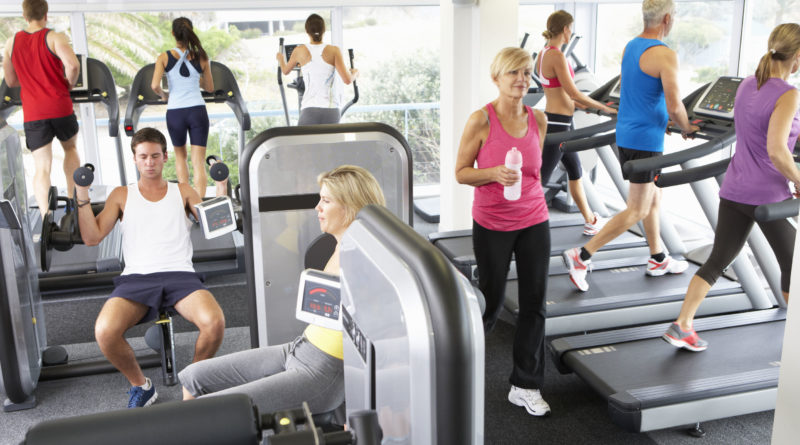Type 2 Diabetes and Working Out at a Gym
If you have type 2 diabetes, staying active is important. Exercise lowers your blood sugar. It also helps your cells use insulin, the hormone that helps your body process blood sugar. If you make exercise a regular part of your life, it can even lower your A1c.
Any type of movement can help. Your doctor may recommend that you exercise at a gym. Joining a health club allows you to work out in any weather. It also gives you access to equipment you may not have at home, like weight machines, treadmills, and elliptical trainers. Some gyms also have certified trainers on staff to help you exercise safely.
If you have type 2 diabetes and are thinking of joining a gym, you should know a few things.
1. Before You Go
Find out what’s right for you. Talk to your doctor about which kinds of exercise are best for you. Make sure they tell you what your blood glucose level should be before, during, and after exercise. They can also talk to you about what to eat and when to eat it to manage your blood sugar on days when you’re active.
Explore your options. The best gym is one where you feel comfortable and safe. Before you sign any paperwork, check it out once or twice to see how it suits you.
Get help from a pro. Think about working with a certified personal trainer who has experience with people with type 2 diabetes. Even one or two sessions can help you learn how to exercise safely. It can also make it easier to come up with an exercise plan that fits your goals. Research shows that people who work with certified fitness pros control their blood sugar better than those who exercise on their own.
2. What to Bring
You don’t need fancy athletic outfits to get a good workout. Comfortable clothes and a pair of well-fitting sneakers will work just as well. You’ll also want to bring:
- A water bottle. Or you can make sure the gym you’re going to has a water fountain that’s easy to access. Staying hydrated is important for everyone, but it’s especially crucial when you have diabetes.
- A small diabetes kit. Exercise can increase your chances of hypoglycemia (low blood sugar). That disorder can make you feel dizzy, woozy, sweaty, disoriented, or nauseated. It can also make you pass out. A healthy diet and careful blood sugar control can help fend hypoglycemia off. Even so, it’s a good idea to have a fast-acting carbohydrate (like soda, glucose tabs, or a sports drink) on you, in case you start to feel out of sorts.
If you often have trouble with your blood sugar during or after workouts, talk to your doctor. You may need to change your diet or medication plan. If you need to take diabetes medication during or after exercise, bring that with you to your workout, too.
3. What to Do at the Gym
If you have type 2 diabetes, the American Diabetes Association recommends:
- Moderate-to-vigorous intensity aerobic (cardiovascular) exercise five times a week. Shoot for 30 minutes a day. You don’t have to do all of it at the gym. Other activities, like taking a walk or riding a bike, count, too.
- Strength training at least twice a week. This can include using weight machines, free weights, or resistance bands. You can also use your body weight for resistance (for example, push-ups).
- If you’re new to exercise or haven’t worked out in a while, go slowly and try doing even 5 to 10 minutes a day. As you get stronger and more fit, you can add a few minutes each day.

